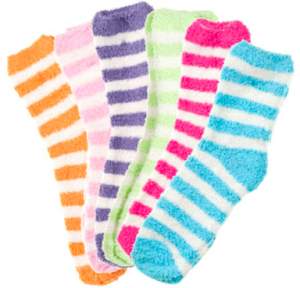
Are you an enthusiastic reader who likes to read current event articles from a variety of sources? Check out…………DOGO NEWS!
Spark your thinking!
1. Set up your language arts mini spark recording page: #46: CALLING ALL READERS
2. DOGO NEWS consists of daily news sites and includes text, photos, graphics, and audio and/or video materials prepared about current events, social studies science, and more! The main topics are at the top of the page.

3. Go to DOGO News and explore. Pick out 3 articles to read and complete step 4 for each one
4. For each article you choose to read follow these steps.
- Put the name of the article on your recording sheet.
- Record several of the bolded words from the article.
- If there are videos included on the page, watch at least 1 and write one sentence about it
- If there are maps, graphs, or infographics take the time to look at them and write one sentence about each one.
- Summarize the article and type a question you have after reading the article
4. Share your language arts mini spark recording page with your teacher/EY coordinator.



 You already know that precipitation is any liquid or frozen water that forms in the atmosphere and falls back to the earth. It comes in many forms, like rain, sleet, and snow. Do you know what a Pensee Poem is? In this mini spark you will find out and write a poem about precipitation.
You already know that precipitation is any liquid or frozen water that forms in the atmosphere and falls back to the earth. It comes in many forms, like rain, sleet, and snow. Do you know what a Pensee Poem is? In this mini spark you will find out and write a poem about precipitation.

 Do you know how to ride a bike? Fiona Kolbinger from Germany sure does! She won the ultra-endurance Transcontinental Race back in 2019. In this mini spark you will learn more about this event and review the parts of a friendly letter.
Do you know how to ride a bike? Fiona Kolbinger from Germany sure does! She won the ultra-endurance Transcontinental Race back in 2019. In this mini spark you will learn more about this event and review the parts of a friendly letter.



